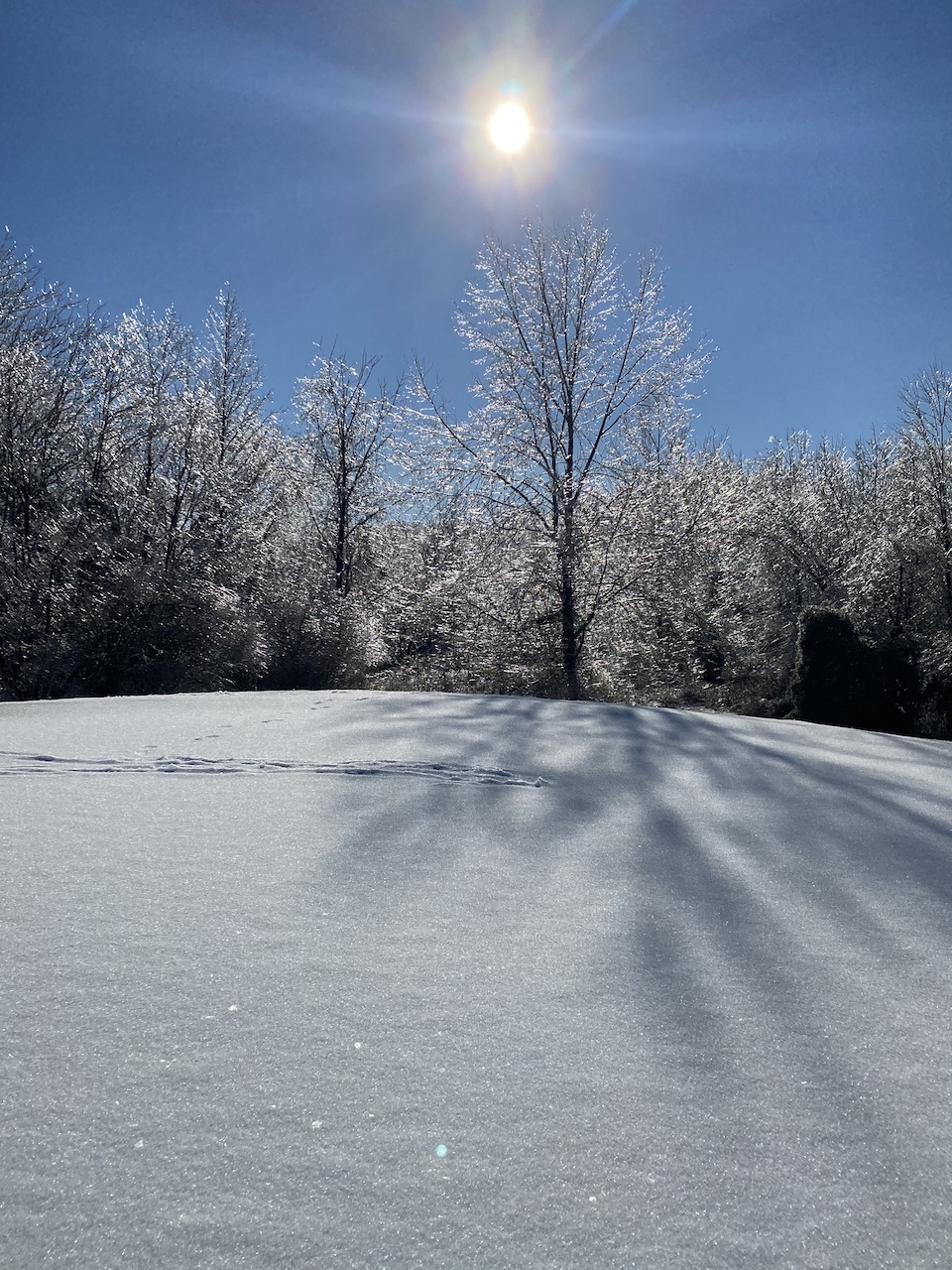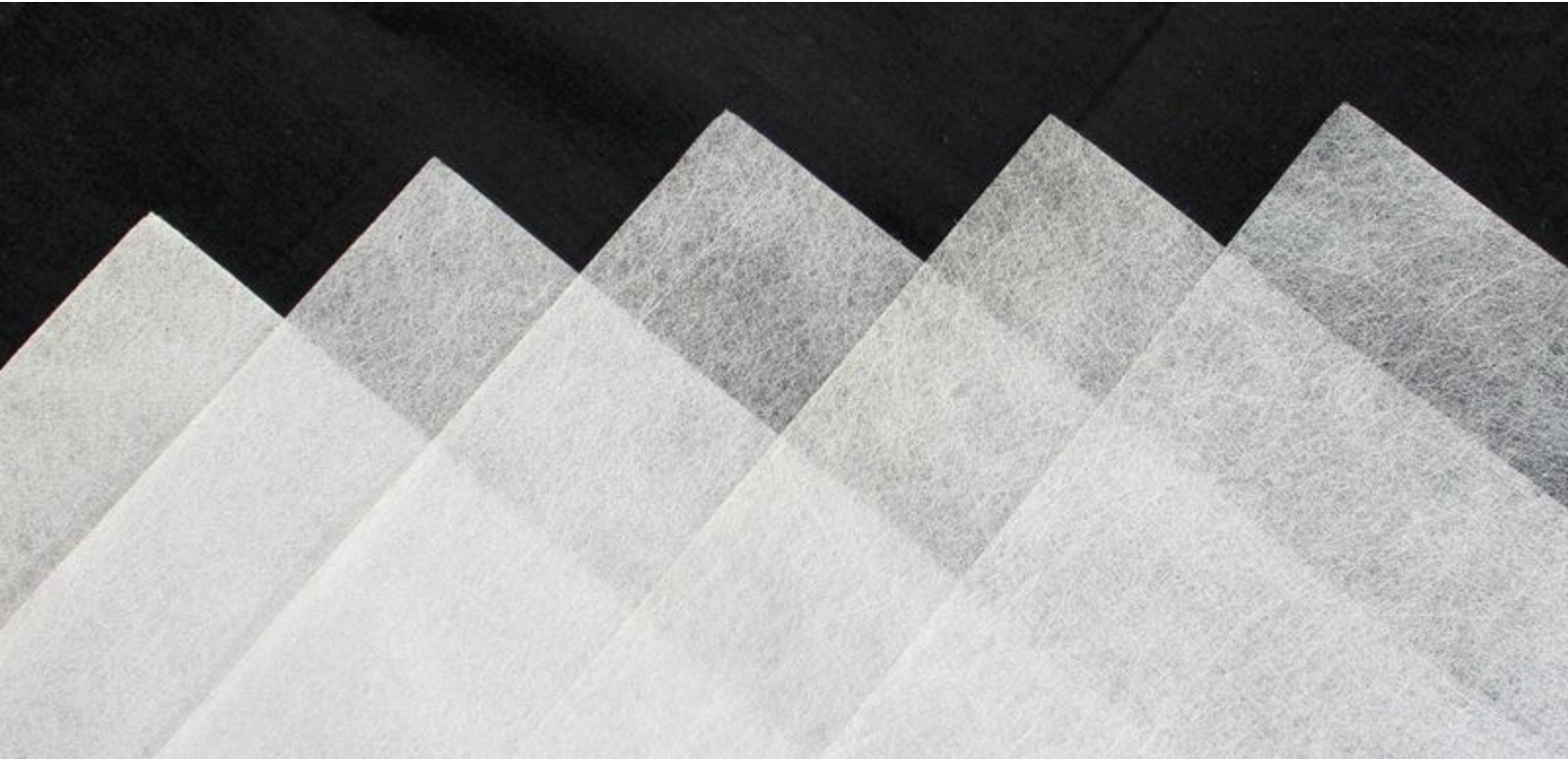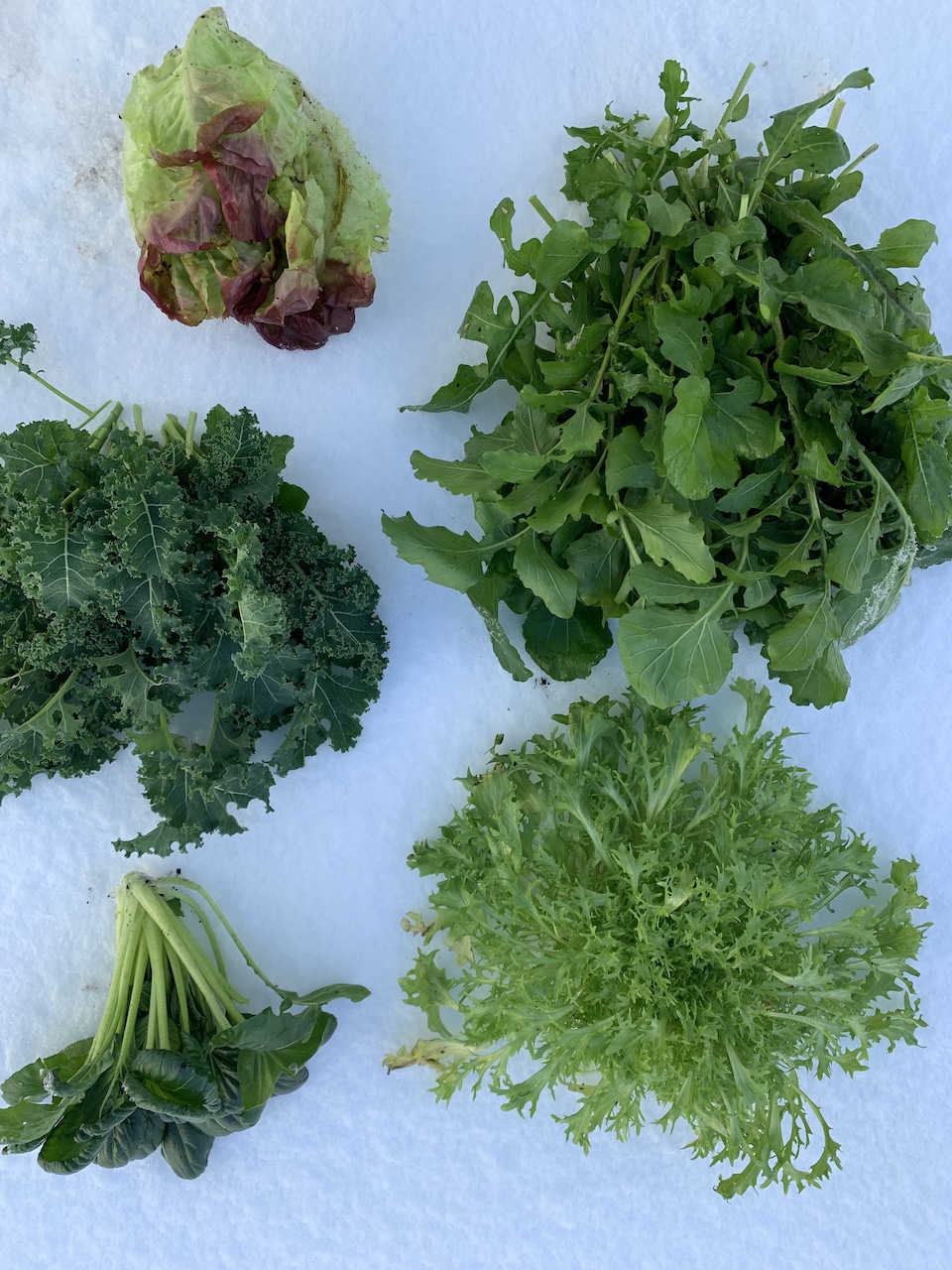Unexpected snow nor ice will not stop us from enjoying fresh, green salads.
Winter is when, generally speaking, people get less sunlight and less nutrition from the foods they eat. Essentially food is energy, and the fresher it is, the more energetic it is.
—
For example, after 8 days in the refrigerator spinach loses about half of the folate it carried when it was fresh picked. Imagine the nutritional value of bagged spinach that was likely a week old when you bought it, was pre-washed in chlorine and still carries risk as one of the most dangerous foods for the transmission of E Coli. Growing greens and vegetables year-round in your backyard is a way to make sure you get your vitamins, reduce your risk of illness,
and combat the winter blues.
—
Hairy bittercress (cardamine hirsuta) is deliciously spicy. The peppery “weed” adds color to any dish.
Before we go into the many ways you can grow specific crops throughout winter I’d like to mention that there are many foragable and nutrition-packed “weeds” that grow almost everywhere all winter long. Hairy Bittercress is a great example, it’s in the mustard family and is mild and delicious. It’s a cold season annual that has impressive seed spreading ability and therefore grows almost everywhere. The seeds naturally sprout as cold weather approaches and a small basal rosette appears in early winter. This is a staple in my winter diet and it was used by early settlers to combat scurvy due to its high vitamin C content. No need to create anything special to support this green through the winter, just take a walk, identify, harvest, and sprinkle it on anything for a dose of daily nutrition. Other good foragable winter greens include dandelion, chickweed, sheep sorrel, clover, garlic mustard, etc.
—
WINTER GARDENING BONUS: crops often taste much sweeter as high sugar content in the sap raises the freezing temperature. Also in winter, you don’t have the pest pressures or mosquitos to deal with.
—
Our beds provide a significant amount of greens for our daily lunchbreak salads.
Here at Nature Composed we have raised beds that are typically more prone to freezing temperatures as they are exposed. Below we go through the steps we take to prepare our beds and give some info
as to which crops are best suited for this severely underrated season of growing.
—
Extend the Growing Season by protecting veggies from the wind & cold by utilizing materials such as:
-Mulch
-Cold Frame
-Cloche
-Hoop Tunnel
-Row Cover
—
What We Do:
Reemay arrives rolled from our selected vendor.
Row Covers using Reemay, a semi-transparent fabric that allows light, water, and air through while holding in warmth and protecting our veggies from the elements. We suspend our fabric over flexible PVC hoops. In addition to row covers, we add a little straw around our veggies to keep them well insulated.
—
Beautiful, crisp leaves after eight-inches of snow.
What Can You Grow in the Winter??
(Zone 7)
-Carrots, Beets, winter radishes, Greens (Collards, Spinach, Arugula, cress, Frisee, sorrel, Bok Choi), Cabbage, Brussel Sprouts, Broccoli, Kohlrabi, Leeks,
—
Here is just a sample of what we have in the garden now; Icicle Radish, Black Radish, Argula, Kale, Cress, Bok Choi, Frisee, and Collards.
Happy Gardening, Nature lovers 😉












Share